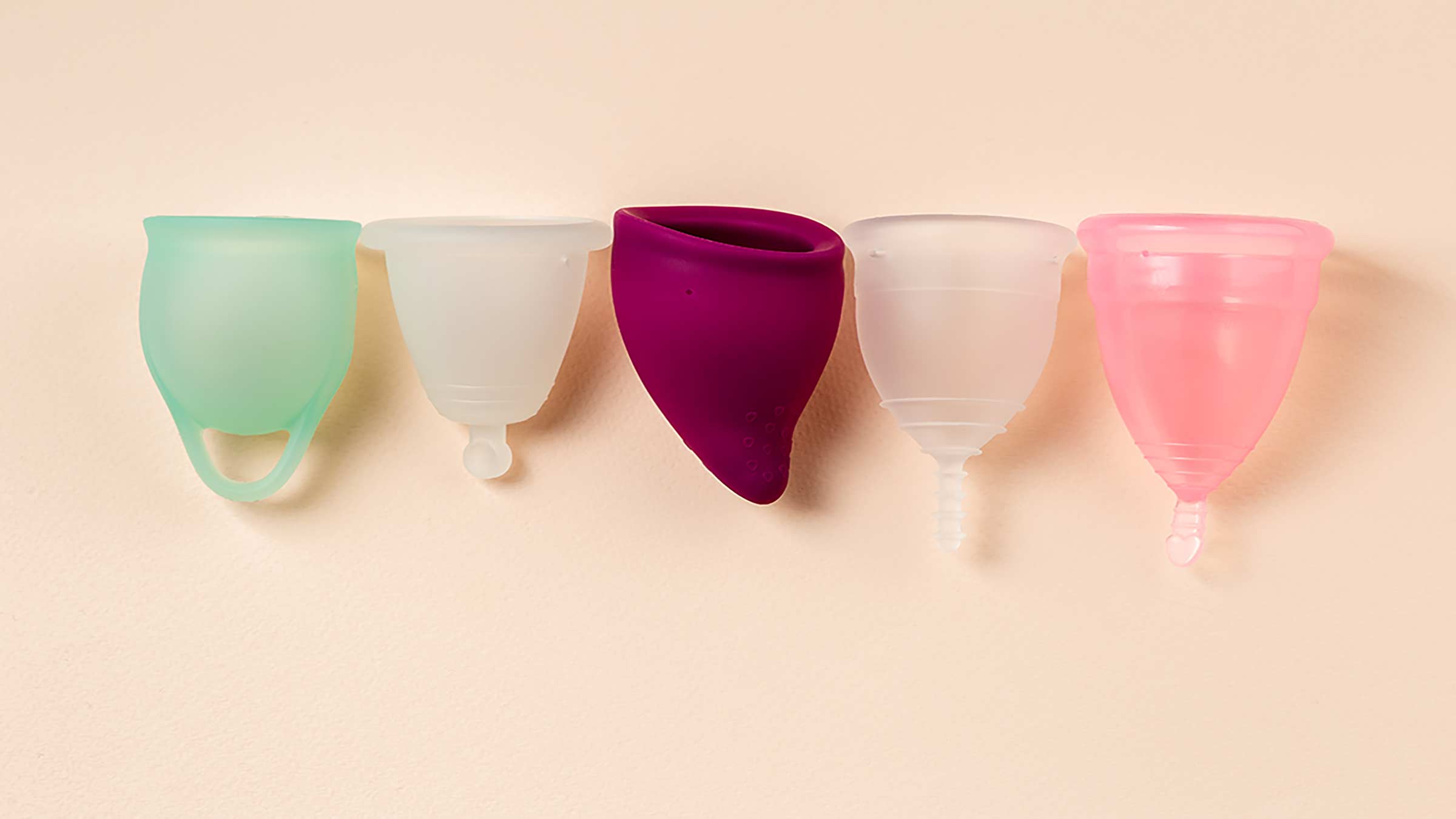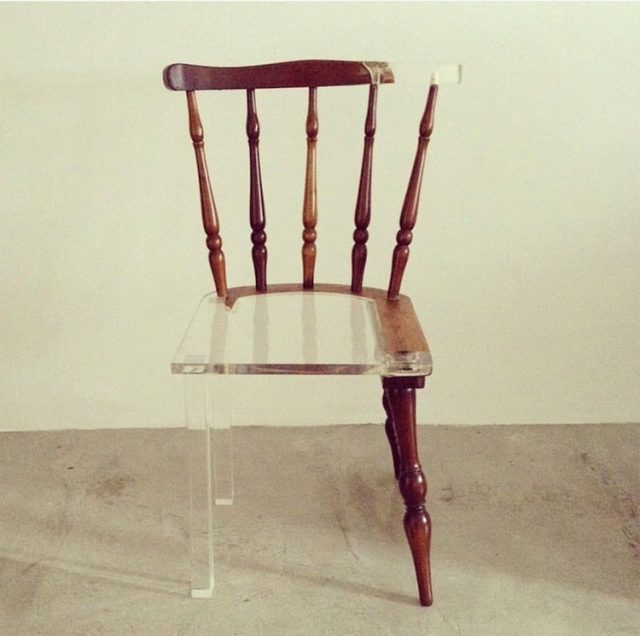The wall art you pick personifies you and by extension, your home. Here’s a handy guide to what’s new in the world of wall art.
The chicest homes are those that add deft touches to the décor such that each room and each element in it makes sense in conjunction with each other. A lot of this has to do with visual symmetry – and most of the flourishes you can adopt come from wall art.
Here’s taking a look at five of the hottest wall art trends you could consider for your home:
1 Geometric shapes. There’s something young and quirky about geometry, isn’t there? Imagine a framed wall art piece featuring nothing else but concentric circles, or a line of squares. Apart from lending quirk to the wall, the piece becomes a conversation starter (‘Oh, that’s…interesting,’ ‘Yes, we love having random triangles on the wall…’) and a focal point for the room. We suggest leaving the rest of the wall bare if you have a big bold geometric print up there – the print can get overpowered by competing patterns in the vicinity.
2 Bohemian designs. You might want a more free-flowing wall art to reflect the boundlessness of your own personality. Have you considered buying an unframed canvas with floral patterns, or wavy coloured lines or even the picture of a cute little girl clutching an even littler puppy? Bohemian chic was a major talking point last year, and we anticipate that the trend will continue this year.
3 Wallpapers. Before you cringe and say, ‘People are still doing wallpapers?’ you might consider that when we say wallpapers, we don’t mean the shiny ones with the cloying patterns on them. You can get wallpapers in a matte finish and you can also have them customised. Just imagine an awesome bedroom with all the walls papered to show floor to ceiling bookshelves. Or one wall that is a montage of your favourite family photographs.
4 Paintings against black walls. Most people wouldn’t paint their walls black, but then most people wouldn’t know the stark beauty that black walls provide. A matte black wall becomes the perfect backdrop for a brooding painting or even a cheerful photo frame. It lends an air of sophistication and mystery to the room, though you might consider painting just one wall black instead of all of them.
5 Stripes. Striped walls were a major trend about two years ago, but the style has now evolved to bold blockish stripes inside large framed wall art. You can break the pattern with a photo frame or a wall clock – this accentuates the stripes even more. Try this: create a pattern with stripes and intersperse with photo frames. This can become an interesting element in the living room. Plus, you can buy both the framed wall art and photo frames online at great prices.
(Featured image courtesy https://www.hipcouch.com/magazine/6-amazing-benefits-wall-art-home-interior-didnt-know)





